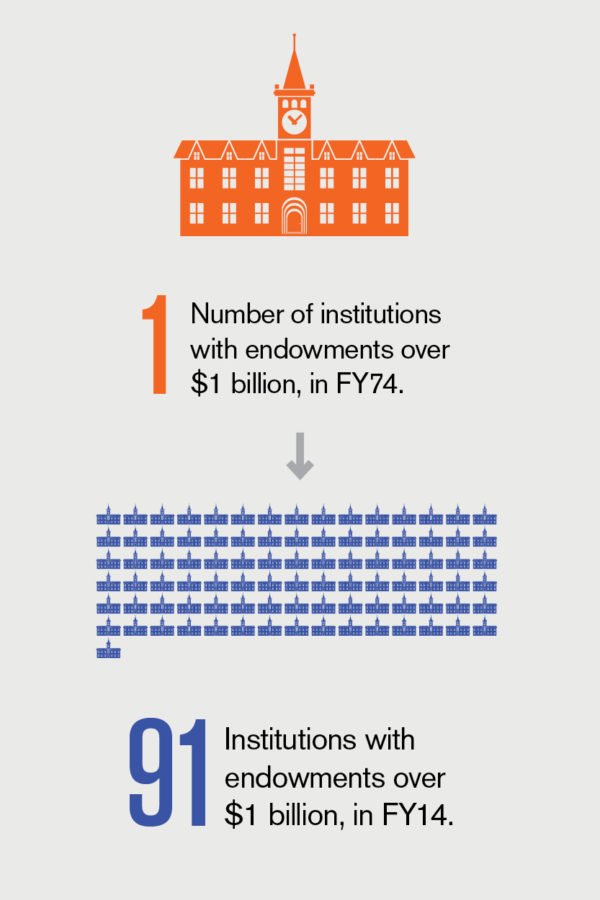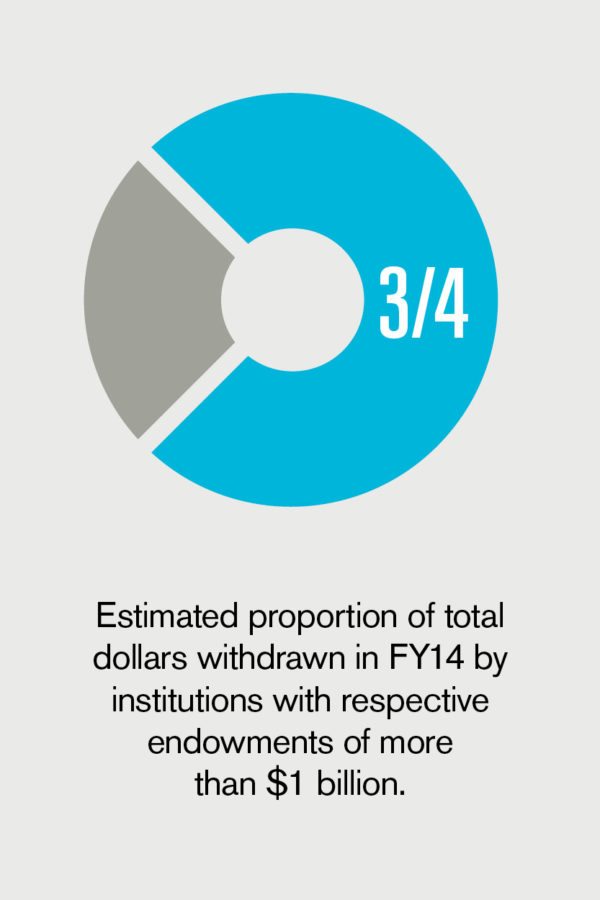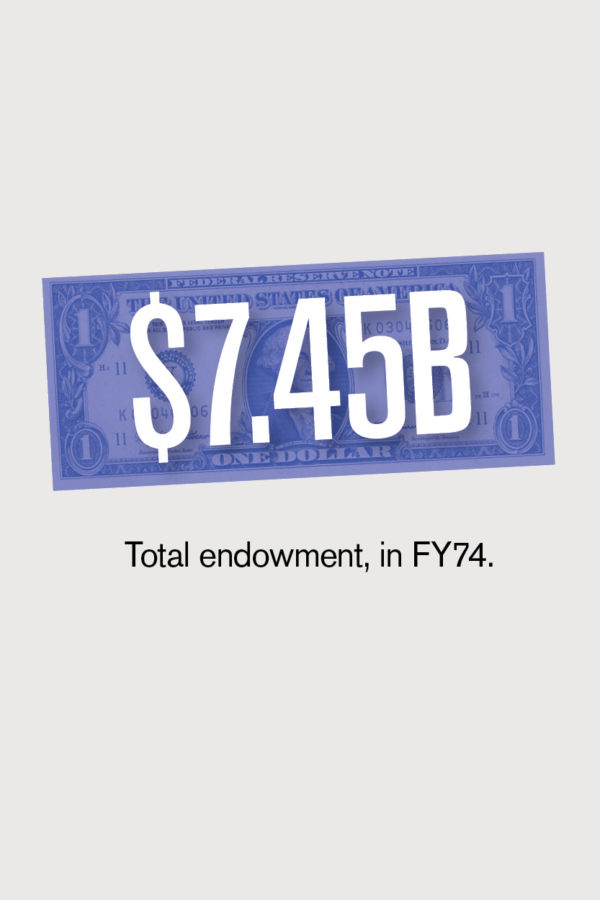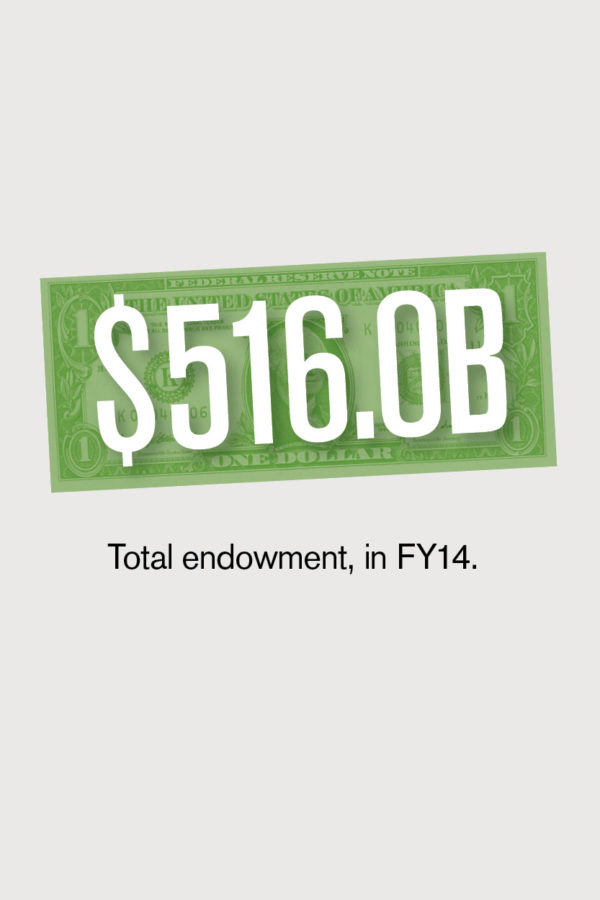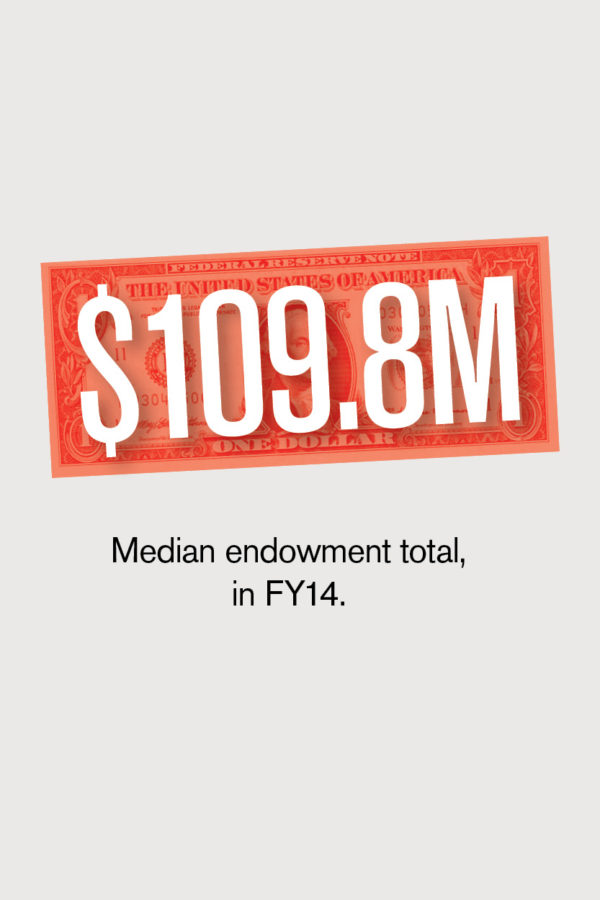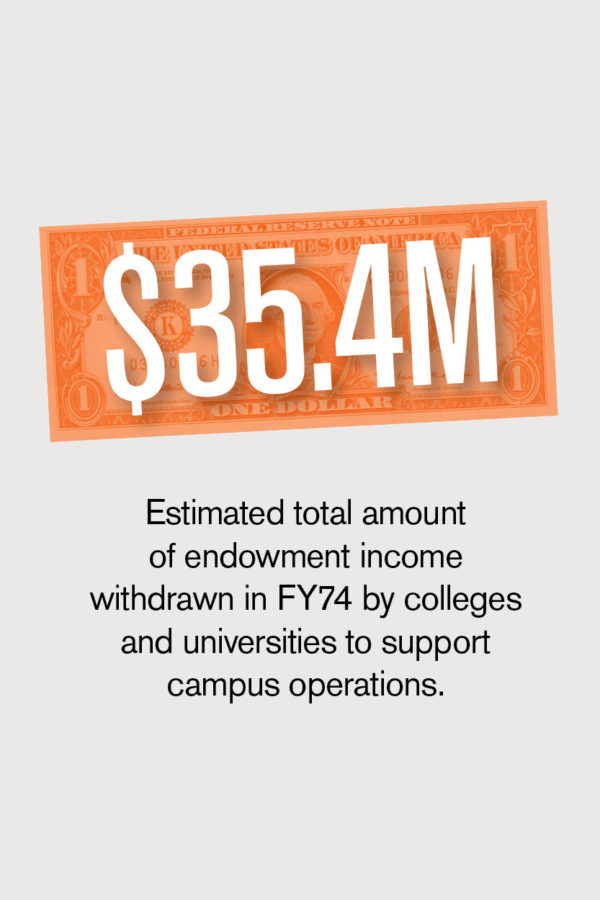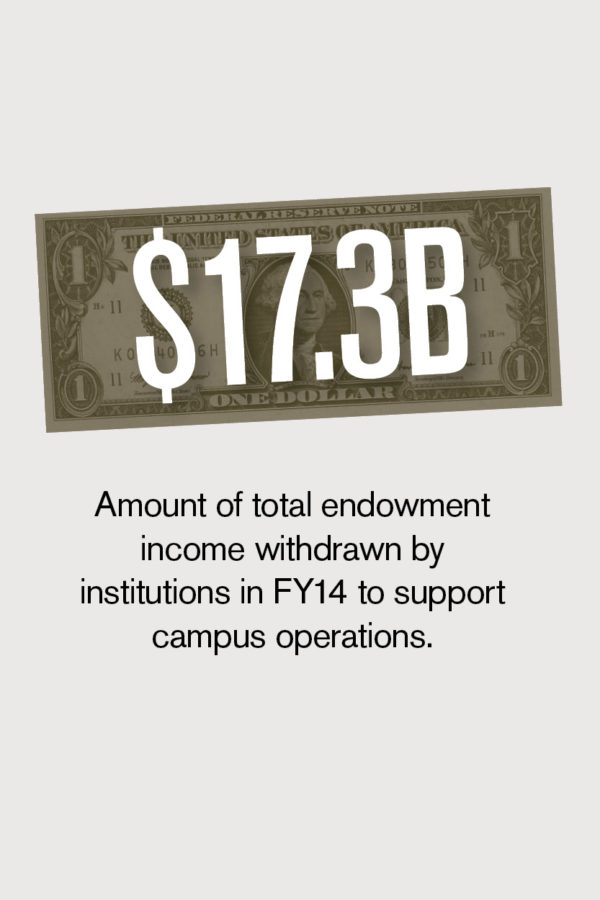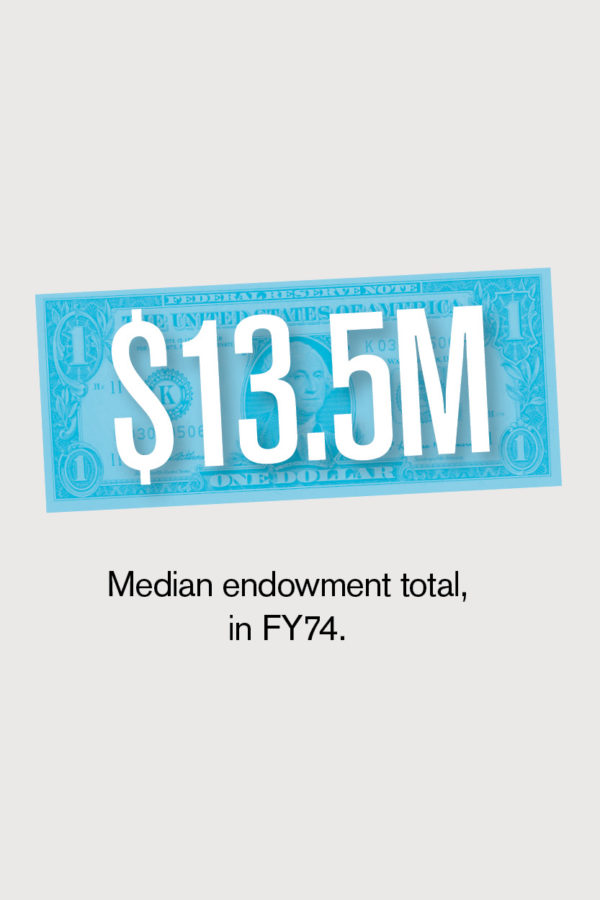Creating a zero net energy building, particularly one that houses science labs, can be a challenge. It was more so the case for Bristol Community College (BCC), Fall River, Mass., when the college’s announcement of its commitment to climate neutrality by 2050 caused leaders to reconsider the institution’s initial design for a high-performance building. However, the planning team vetted other options and came up with a plan to develop a zero net energy facility that would be the largest of its kind in the country.
The new allied health and science building, scheduled for occupancy in 2016, will house the dental hygiene, nursing, and clinical lab science programs; two chemistry labs; and biology, field biology, and microbiology classrooms. “It’s very heavy on the sciences and, quite frankly, very heavy on the energy consumption,” says Steven Kenyon, BCC vice president for administration and finance.
The 50,628-square-foot building has received LEED Platinum certification from the U.S. Green Building Council. “When we first sat down with the budget from the state, we were designing a high-performance building,” Kenyon explains. “In the state of Massachusetts, it had to be LEED Silver as a minimum. Our discussions and strategies centered around ‘How do we get this from high-performance to zero net energy, and how do we get the points to move from LEED Silver to LEED Platinum?’”
The answer involved a multipart strategy that includes a hybrid round-source/air-source heat pump system; filtered fume hoods; enthalpy wheel heat recovery; reduced air-change rates with air quality monitoring; a 50 percent lighting power-density reduction; a high-performance building envelope; solar electric and solar thermal systems; and a combination of manual and fully automated natural ventilation systems.
To accumulate additional points toward its intended goal of LEED Platinum, the institution also made policy changes. For example, BCC installed bike racks on campus, added public bus routes to and from campus locations, and provided designated parking for electric vehicles. “By adding those and incorporating them into our sustainable policies on campus, we earned more LEED points,” Kenyon says.
Working closely with the Massachusetts Department of Energy Resources, BCC obtained a $1 million grant for the $30 million building. “The beauty of this: It doesn’t cost any more to do it this way than the traditional way,” he says. “To me, that’s the best part.”
A Carport of Sorts
To support its power needs, BCC entered into a power purchase agreement that allowed Sun Edison to install an $8 million, large-scale photovoltaic array over five acres with 800 parking spaces—at no cost to BCC. Kenyon compares the structure to a carport with 9,700 solar panels on five sloped wings that are anywhere from 11 to 17 feet high, 64 feet wide, and 300 feet long.
The power generated by the solar canopy system, which is adjacent to the new building, will drop the institution’s contract rate for electricity from 13.2 cents to 11 cents per kilowatt hour. “The 11 cents is fixed for 20 years,” Kenyon explains, “so if energy continues to go up, as it historically has, the 11 cents will look pretty good five or 10 years from now.”
Kenyon intentionally decided to situate the solar system in a high-traffic area, although its visual appeal is open to debate. Somehave called the structure, which became operational in April, “nice.” Others think it’s “hideous.”
“But nobody denies the success and benefit of what it has done for the campus and for sustainability,” he says. “I put it there on the main road next to the new building on purpose, because I wanted it to be visible to our students to say, ‘This is the way of the future. This is what you’ll be seeing a lot more of five and 10 years from now.’
“This is science on display,” he continues. “This is the science of renewable energy. I could have buried that system on five acres of land—the college has 102 acres— in the woods somewhere. No one would have ever seen it, but that wasn’t the message.”
Utility Company Cooperation
In addition to working with faculty, academic leadership, the Commonwealth of Massachusetts, and public and private partners, BCC coordinated closely with the local utility company “because nothing happens without its cooperation.” Kenyon estimates the project took about 15 months of planning and about 10 months of construction. He adds that 40 electricians worked daily on upgrades for months at a time.
“The solar canopy is a massive 3.2-megawatt system that is very large for this area,” he says. “All that power has to go somewhere. The college uses a tremendous amount of it, but on a Sunday afternoon, that power is going back out into the street, so the infrastructure around the campus had to be upgraded by the local utility company. Obviously, it’s all high voltage work. You can’t just put this up and then announce, ‘Well, I’m going to plug it in on Monday.’”
SUBMITTED BY Margo Vanover Porter, Locust Grove, Va., who covers higher education business issues for Business Officer.




